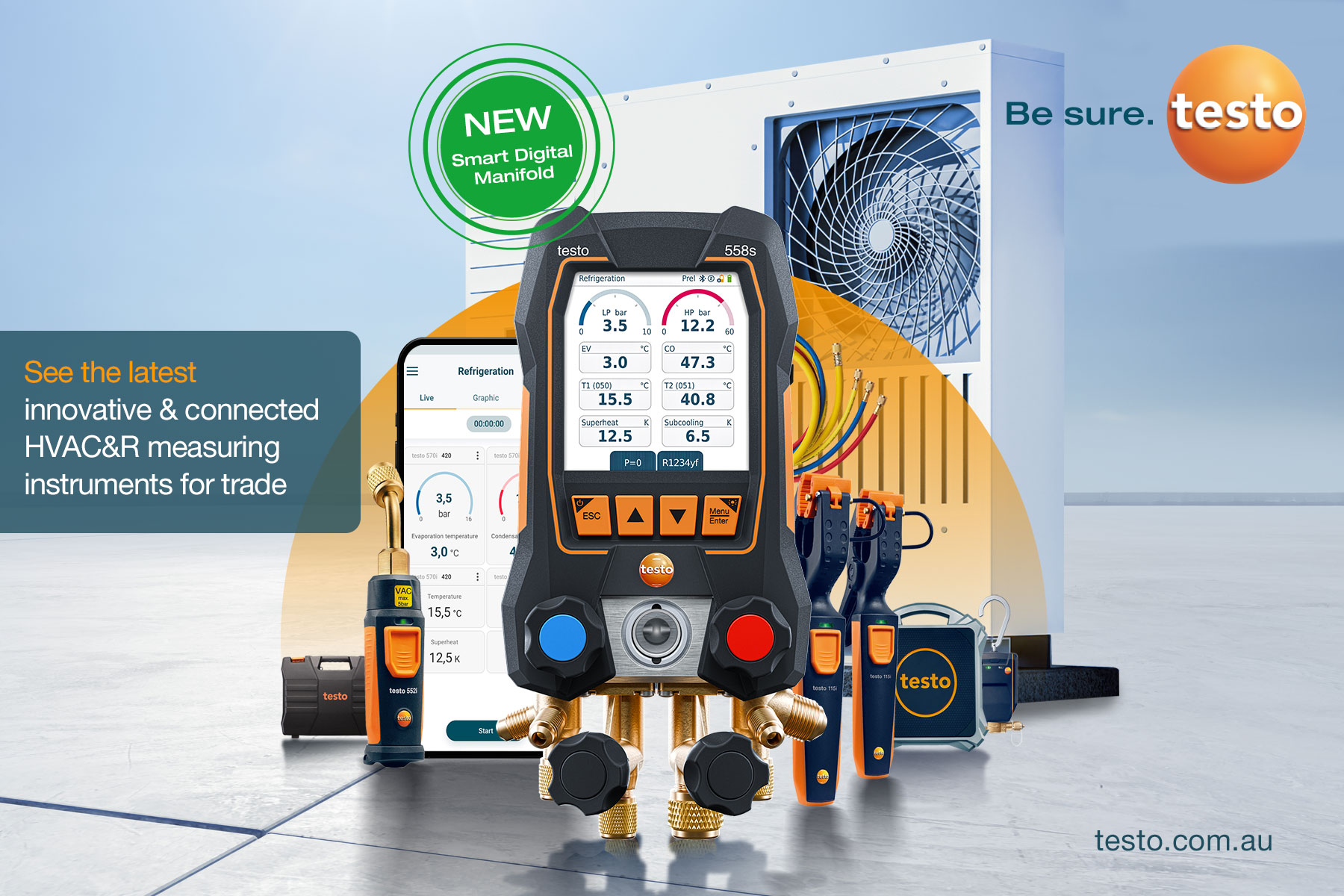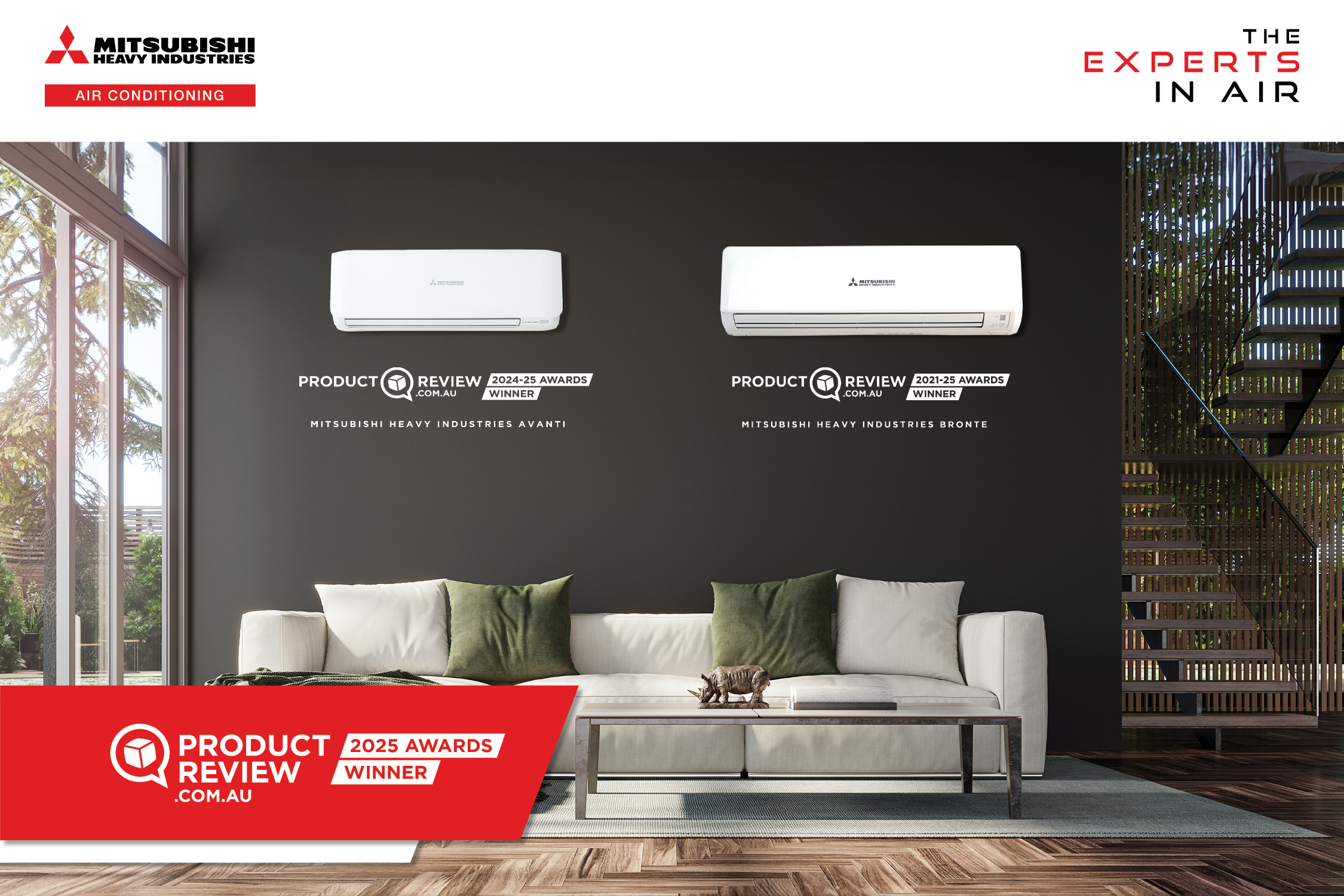A multi-million-dollar research project led by AHRI, with support from ASHRAE, the US Department of Energy and the California Air Resources Board, has comprehensively tested refrigerants to answer questions around their flammability.
In Australia, the topic continues to provoke debate, and understandably so. Because of the HFC phase-down, previously common non-flammable A1 refrigerants are giving way to alternatives with lower global warming potential (GWP) but higher flammability.
The most prominent example of this is R32 – classified as an A2L or “mildly flammable” refrigerant – which has replaced R410A in most split-system air conditioning units. According to recent estimates, R32 now accounts for more than 70 per cent of equipment imported that has a charge of more than 800g and less than 2,600g.
Given that many technicians in Australia are not used to handling A2L gases, there is consensus around the need for better safety measures. However, there is less agreement about how much risk is involved. Some in the industry believe it is minimal, and point to videos distributed by manufacturers showing how hard R32 is to ignite; others note the potential bias of such tests, and insist that when it comes to handling flammable materials, we can’t be too careful.
Tales from the land of the litigious
The US is a country that takes “careful” to new levels, as Stephen Yurek explained when he visited Australia earlier this year as part of the Future:Air roadshow. Yurek is the CEO and president of AHRI, a US-based trade association that represents manufacturers of the full range of heating, cooling and refrigeration equipment in industrial, commercial and residential settings, as well as the components that go into these systems.
“We have too many people like me – I’m an attorney!” Yurek says. “Seriously though, it only takes one incident and you can have a significant impact on your
company.”
Unlike Australia, where nearly all domestic fridges now use hydrocarbons, the US market is still dominated by R134a units. There, hydrocarbons are considered too dangerous to consider for domestic use.
“At least anywhere in the foreseeable future, the use of hydrocarbons will be very small,” says Yurek. “In the bigger commercial stuff there’s much more control by the manufacturers – who’s distributing it, who’s installing it, who’s maintaining it – so they’ll move there and then slowly move elsewhere. But it’s not probably going to be in our lifetime that we have hydrocarbons in residential applications.”
Against this backdrop, AHRI set about scientifically measuring the risks of lower-GWP refrigerants. The organisation secured support from ASHRAE and the US Department of Energy to perform the research.
Explosive findings
Yurek admits that the Low-GWP Alternative Refrigerants Evaluation Program (AREP) was not your average dull research project. It basically involved trying to blow things up.
“We were really trying to create severe events so that we could see the difference in intensity for the different refrigerants,” he says. “And we could then write the safety standards and make sure we have the right mitigation protocols in the standards.”
Room-scale tests were performed for commercial and residential scenarios: a packaged unit in a motel room, a rooftop unit in a commercial kitchen, a walk-in coolroom, a reach-in refrigerator in a convenience store, a split system in a utility closet with a servicing error, and a split unit with hermetic electrical pass-through terminal failure. The project team took photos and recorded videos of the results.
One observation was that the names of the categories do not necessarily make the differences in flammability clear.
“It should have been ‘non-flammable’, ‘flammable’ and ‘explosive’, because the intensity of the ignition is very different,” Yurek says.
“Most people go, ‘Well if it lights it lights, it has to be pretty dangerous’. But we found for all the A2Ls, you needed a high concentration at the right moment to just cause a small flame, and it went out as soon as the concentration dropped. With the A3s, you didn’t need much of it, and you had the pressure intensity of an explosion. We now have a much better understanding of the risks and severity.”
Open information
The full report, Benchmarking Risk by Whole Room Scale Leaks and Ignitions Testing of A2L Refrigerants, is available to on the AHRI website, and Yurek says one of the goals of the project was to share the results freely.
“There was a lot of research done by manufacturers and other countries, but it was all proprietary or held close. Now it’s all publicly available everybody can look at it and review the information.
“A lot of the time people say we’re moving too quickly to these new refrigerants, but we’ve spent the time and the resources to make sure we get it right, and make sure we get the safety standards right.”
The research project is continuing, now with a focus on refining mitigation.
“We’re talking about ventilation, we’re talking about sensors – we need to make sure we understand how those mitigation techniques work. How long does a fan need to run? The sensors are designed to be self-checking, and if they are not functioning, they initiate mitigation, but how frequently should you
replace or maintain sensors to prevent failure and unnecessary response? We got $2m from the US government, which is going in with the million that we’re putting forward again, to do this research.”
A Q&A with Stephen Yurek appears in the August 2019 issue of Ecolibrium, AIRAH’s official journal.



Leave a Reply